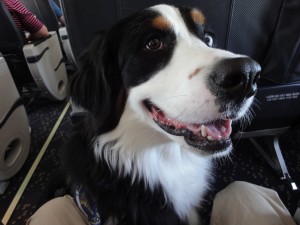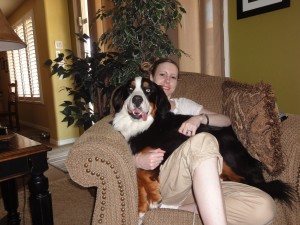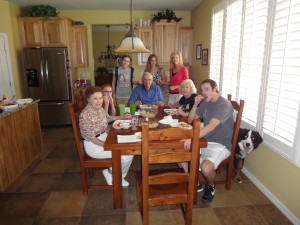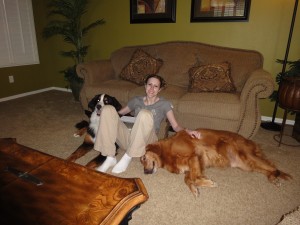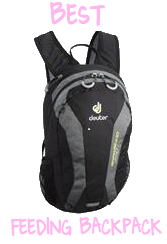For a tube feeder, like myself, a backpack is a constant companion. This is especially true when a tube feeder is either a day feeder or feeds longer than just nights. It is important to find a backpack that is comfortable and has the capacity required for the tube feeder’s needs. Most backpacks also require some modification to work well. These are the things I looked for when I went shopping for a new backpack after giving up on the one supplied to me:
After much searching both on the internet and through stores, I finally found a backpack that fit all my needs! This backpack is by far the best I’ve come across. It is super light, the lightest hydration pack on the market so far, is very comfortable to wear (even 24/7), has a lot of room to expand if I need more space and has easy to access side pockets that can be secured with straps. But what sold me was the hole that connected the hydration chamber to the other area where I’d have my pump. The hole is where my tube would go. Not only that but it also had a Velcro strap at the top to hang my TPN feeding bag so it doesn’t drop down to the bottom of the bag. These two features are rarely found in any backpack and I know also the hole connecting the two backpack compartments does not exist in any backpack I’ve ever seen before. Those features are typically ones feeders have to do themselves. I’m not very handy and I was determined to find a backpack that required no adjustments on my part to make it work. This backpack, the one I linked above, is the only one I found. I got it in black though. Like I said, it has to look good too! Here are some pictures I took of mine:
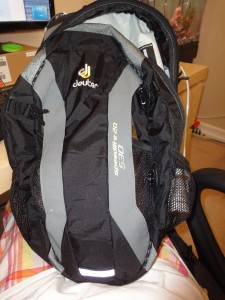
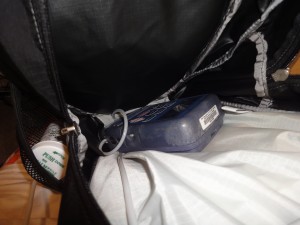
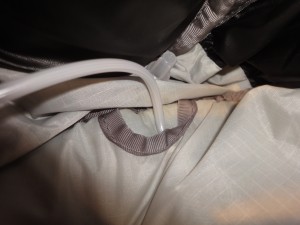
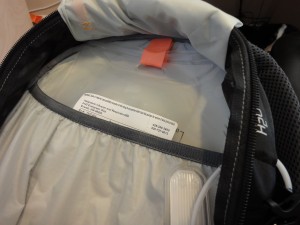
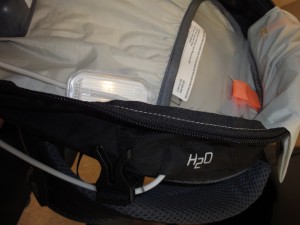
Weight: 530g (1/3 lbs)
Volume: 20L (1220 cubic inches)
Size: 19 / 10 / 7.1 (H x W x D) inches
48 / 26 / 18 (H x W x D) cm
Material: HexLite 210 / Deuter-Ripstop 210
* Removable waist and chest belts *
What’s in my Backpack?
I carry with me:
Those are just my everyday things. Of course I adjust or add to the list depending on where I’m going or how long I’ll be away. That list will always include my TPN bag (2L of fluid) and my brick of a pump. Everyone is different but this bag is sure to benefit everyone, not just TPN feeders, but I’m pretty sure it will work for HEN feeders as well. The system is the same. I’ve tried and looked at many others. This is my bag and I highly recommend it!


